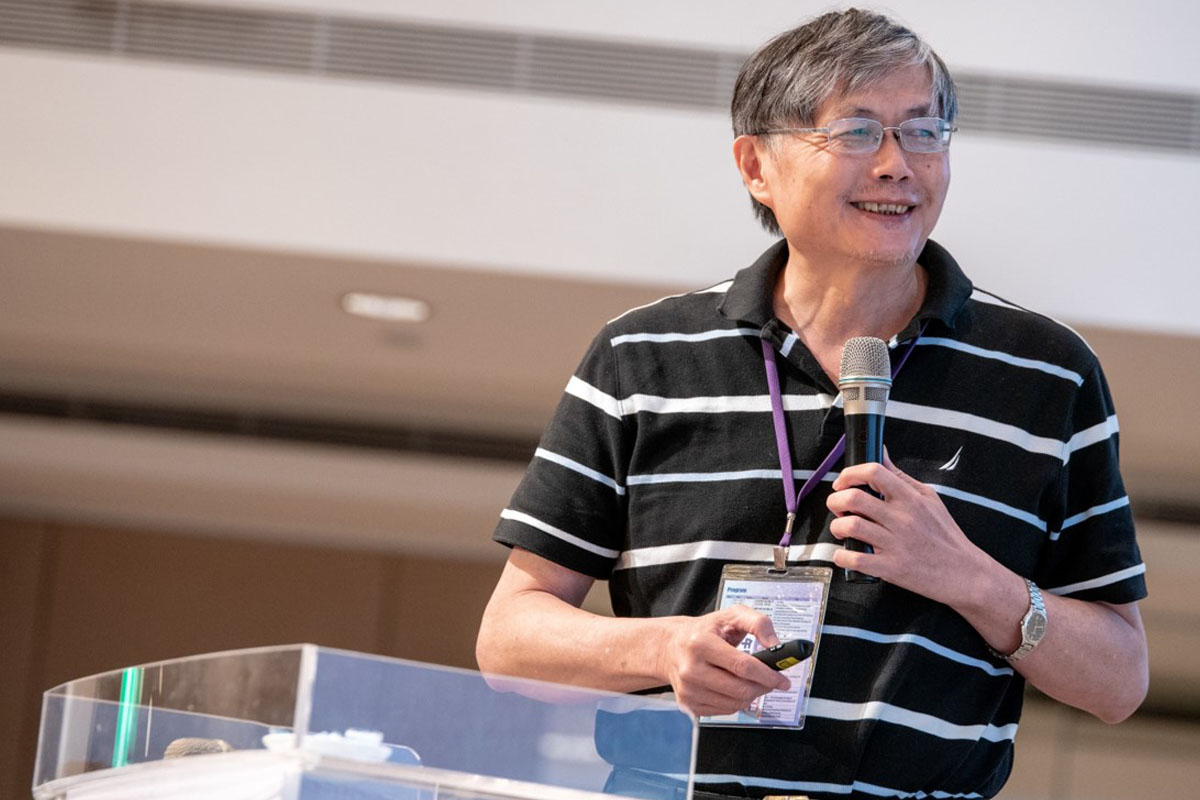L6_A
Radiation
Where does light come from?
How to take medium into account?
Polarized and unpolarized media
Maxwell's equations for a medium
L6_B
Radiation
Sources of light
Radiation pattern
Electric dipole radiation
Brewster’s angle revisited
L6_C
Light-matter interaction
light → matter
forced oscillator
matter → light
freq-dependence
coherence (phase)
L06-4
Forced oscillator model
L6_D
The interaction of light and matter
Light propagation in medium
Phasor addition
Light → Atom → Light
The forced oscillator
L6_E
The damped forced oscillator
Complex Lorentzian approximation
L6_F
Complex Lorentzian
Damped forced oscillator for light-driven atoms
The electron cloud
L6_G
Complex Lorentzian
Damped forced oscillator for light-driven atoms
The electron cloud
 清華大學電機系黃承彬教授_光電工程導論_Week I_Time-Varying Fields - 1
清華大學電機系黃承彬教授_光電工程導論_Week I_Time-Varying Fields - 1











































